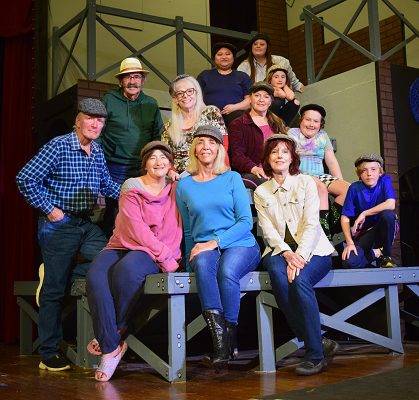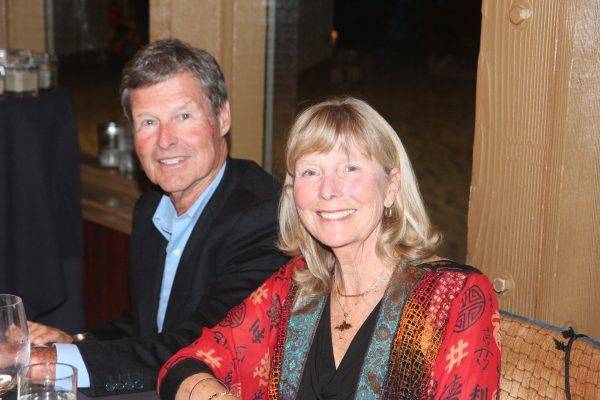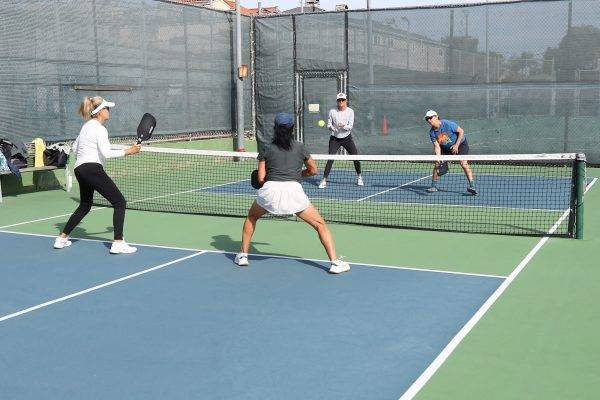by Grace Peng
The Redondo Beach City Council is poised to finalize a new set of Objective Residential Standards (ORS) for new homes at its upcoming, August 15 meeting. Why we are doing this is a long and maddening story. But the bottom line is that my yard will be illegal. Most two/three-on-a-lot yards will be illegal, and we won’t be able to re-landscape existing R2/R3 yards to meet our evolving needs.
In 2003, Redondo Beach adopted a set of vague Residential Design Guidelines, which are subject to personal interpretation, and yield unpredictable results based on who is making the decisions. Redondo promised in its 6th Cycle Regional Housing Needs Allocation (RHNA) Housing Element (HE) to streamline residential approvals by making the design standards objective. The State provided the city with funds to hire a consultant to guide us through this technical process.
Redondo has paid $212,035 so far to Cityworks Design (two-thirds paid by the state, one-third from our city coffers) to help our Planning Commission rewrite our Residential Design Guidelines to make them objective instead of subjective. We could have saved much time and money by eliminating all the standards that are not based on proven health and safety reasons and then replacing the words “should” and “may” with “shall” or “must” in the remaining guidelines.
Had we done that, we would have been able to come in under the budget awarded us for the process. Instead, we are still arguing about standards, including some that are blatantly illegal. The state doesn’t care if you don’t like the law, as long as you follow it. You cannot “Add a standard in Residential Medium Density (RMD), and Residential High (RH) density multi-family zoning that states that ‘buildings shall not cast shadows onto adjacent residential uses on Winter Solstice.’”
If shadows are bad (and that is a subjective opinion with no basis in fact) then why should shadow regulations apply only to higher-density housing, and not to single family homes? At sunset on Winter Solstice, shadows are infinitely long, which means an effective ban on residential high-density of greater than 30 dwelling units/acre. How will we meet our Regional Housing Needs Allocation (RHNA) requirement for low income housing if we do not allow Mullin density (for lower income housing) of a minimum of 30 dwelling units/acre?
The headlines write themselves: “Redondo Beach bans low-income housing.”
This would be like sending a beacon inviting the federal and state governments to sue us, and for the national media to profile us.
At the 18 July 2023 RBCC meeting, Councilmembers Zein Obagi, Scott Behrendt and Paige Kaluderovich voted to direct staff and the planning commission to remove some sections including all the ones in violation of the 2019 Housing Crisis Act (SB330), specifically section 66300(b)(1)(A) prohibiting “reducing the intensity of land use.” Councilmember Nils Nehrenheim opposed the action and Councilmember Todd Lowenstein was absent. After much debate over this subject, the meeting adjourned past 11:30 p.m., leaving the new landscaping requirements in place.
This brings us back to the busybody landscape rules that ban my yard. We should always keep in mind, “What problem are we solving?” and “What outcome do we want?”
If we want to reduce stormwater runoff ( there are environmental reasons why we should), then we should keep our gardens slightly below sidewalk level so rain flows into the landscaping.
Instead, the proposed ordinance states, “Planted areas must be at sidewalk level or in raised planters.”
If we are concerned with water use (a worthy goal for our climate) then we should look at total water use instead of dictating which plants people can use. If people want to grow thirstier plants (like my tomatoes), and plant a smaller percentage of their yard, why micromanage them?
In a rain gardening class, I learned to direct rain from roofs and raingutters to permeable (preferably landscaped) parts of my yard, so rain that falls on my property mostly remains on my property. Even during the recent drought, when we experienced heat waves, I was able to remain under the 80 gallons per person per day voluntary conservation target.
So why state, “A minimum of 67 percent of the required front yard and 50 percent of side and rear yards shall be comprised of permeable surfaces; at least 75 percent of permeable surface shall consist of live plants materials, and no more than 25 percent shall consist of gravel, rock, decomposed granite or similar materials;” and “Landscaped areas shall include drought tolerant live plants in 75 percent of the area?”
How are drought tolerant live plants defined? In a separate section they refer to UC Davis’ Water Use Classification of Landscape Species (WUCOLS), which links to a spreadsheet of plants. We are required to use “drought tolerant plants” for zone 3, but the spreadsheet doesn’t have a column for drought tolerance. It gives a water use rating of VL (very low), L (low), M (medium) and H (high). WUCOLS also gives ET (evapo-transpiration) coefficients, but the Redondo landscape requirements doesn’t reference ET or specify a maximum allowable ET coefficient.
“All landscaped areas need to be at least 2-feet wide in any direction.” So flower strips along the sides of driveways won’t be allowed any more. Side yards will be counted towards the part that needs to be planted with live plants. Currently, most people have gravel in their side yards. I have my clothesline there. It’s permeable and I don’t have to water it in the dry season; I save my water for the more visible parts of my yard.
Under Measure W, we are already taxed for each non permeable square foot of our properties (with credits for redirecting rain from non permeable to permeable areas). We don’t need to reinvent the wheel, and layer on even more onerous requirements onto the County law.
The rules for higher density housing are even more nonsensical. They require private space rather than higher quality, and larger shared spaces as is common in developments elsewhere. For instance, the townhomes and condos in a San Mateo development have no private yards, but open up to a Greenway with community gardens, BBQ areas with tables, and play structures surrounded by benches and trees. The Greenway connects the neighborhood to a school and the Hillsdale Caltrain station. All rainwater from the roofs are directed into runoff bioswales.
The bottom line is that urban space is precious, particularly in multi-family developments. People want different things from their yards at different stages of life. They should be able to lay down wood chips, gravel or artificial turf below their children’s play structure in their front yard. I should be able to hang clothes in my side yard, and grow vegetables in the sunny part of my front yard. People should be able to have a large patio space for outdoor dining, seating and play. Seniors unable to take care of their yards and unable to afford gardeners should be able to install low-care yards. If someone wants to decorate their yard with metal flower sculptures, let them.
Controlling water runoff and reducing outdoor watering demands are good, but we don’t have to micromanage people or complicate rules already in place. It shouldn’t matter to the city whether I cover 75 percent of my yard with plants off their list or 35 percent with the plants I want as long as I don’t plant invasive species, use excessive water, or allow excessive stormwater runoff.
“What problem are we solving?” and “What outcome do we want?” These landscaping rules are muddled and aren’t solving anything.
Please attend the RBCC on 15 August, and tell the city to “get off our (metaphorical) lawn!” If you can’t attend live, send your comments in advance to your council members and cityclerk@redondo.org. ER










